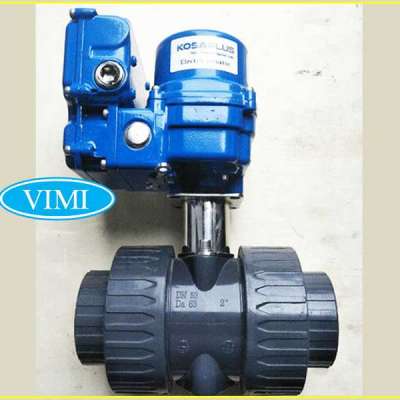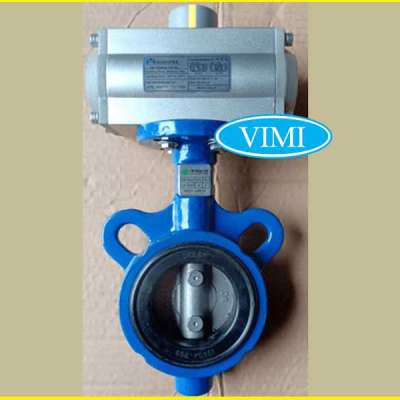The global market for semiconductor fabrication materials is on the cusp of unprecedented expansion, projected to surge from an estimated USD 53.2 billion in 2025 to a staggering USD 99.0 billion by 2035, exhibiting a robust Compound Annual Growth Rate (CAGR) of 6.4%. This remarkable growth is fueled by a confluence of factors, including escalating investments in fabrication plants, a strategic geopolitical realignment of semiconductor production, and relentless technological innovation.
The period spanning 2020-2024 saw the industry navigate supply chain disruptions and trade tensions, yet it emerged stronger, propelled by the insatiable demand from 5G, AI, cloud computing, and automotive electronics. A recent FMI industry survey underscores this optimism, with 83% of experts anticipating increased demand for next-generation semiconductor materials, primarily driven by AI, quantum computing, and advanced automotive applications. Material innovation is unanimously seen as a critical competitive differentiator for the coming decade.
To Gain More Insights about this Research, Visit! https://www.futuremarketinsigh....ts.com/reports/semic
Geopolitical Shifts and Localized Supply Chains Drive Demand
A defining trend is the global push for semiconductor self-reliance. Leading economies, including the USA, China, and the European Union, are aggressively ramping up local production through substantial subsidies and strategic trade agreements. The US CHIPS and Science Act (USD 52 billion), the European Chips Act (€43 billion), and India's Semicon Program (USD 10 billion) are pouring investments into domestic fabrication, directly stimulating demand for high-purity chemicals, silicon wafers, and advanced lithography materials. China's ambitious "Made in China 2025" policy continues its drive for self-sufficiency, leading to the highest projected CAGR of 7.5% in its domestic fabrication materials industry. This geopolitical realignment is compelling over 70% of industry respondents to explore regionalized supply chains and alternative sourcing strategies to mitigate risks and ensure material availability.
Technological Advancements Fuel Material Innovation
The relentless pursuit of miniaturization is a core growth driver. Semiconductor nodes are dipping below 5 nanometers (nm), necessitating specialized fabrication materials like EUV (Extreme Ultraviolet) resists and next-generation photoresists. The 1-5 nm range is identified as the fastest-growing segment, with significant activity in Gate-All-Around (GAA) FET transistors and stacked nanosheets. Looking towards 2035, manufacturing at 2 nm and below will demand entirely new materials such as HKMG dielectrics, carbon nanotube transistors, and graphene-based interconnects.
Beyond miniaturization, the rapid adoption of AI-based chip designs, automotive-grade semiconductors, and 3D packaging technologies are creating a surge in demand for custom fabrication materials. This includes high-performance bonding materials, underfill materials, and advanced substrates crucial for heterogeneous integration and multi-chipset designs.
Sustainability Takes Center Stage
Sustainability is no longer an option but a strategic imperative. 65% of surveyed companies are actively investing in eco-friendly fabrication materials, emphasizing reduced water consumption, recyclable chemicals, and low-carbon manufacturing processes. This push is driven by both compliance and the increasing recognition of brand value associated with ESG (Environmental, Social, and Governance) efforts. Material suppliers are urged to invest in greener formulations, such as fluorine-free etchants and low-GWP deposition gases, to gain a competitive edge.
Request Your Sample and Stay Ahead with Our Insightful Report! https://www.futuremarketinsigh....ts.com/reports/sampl
喜欢
评论
分享

















